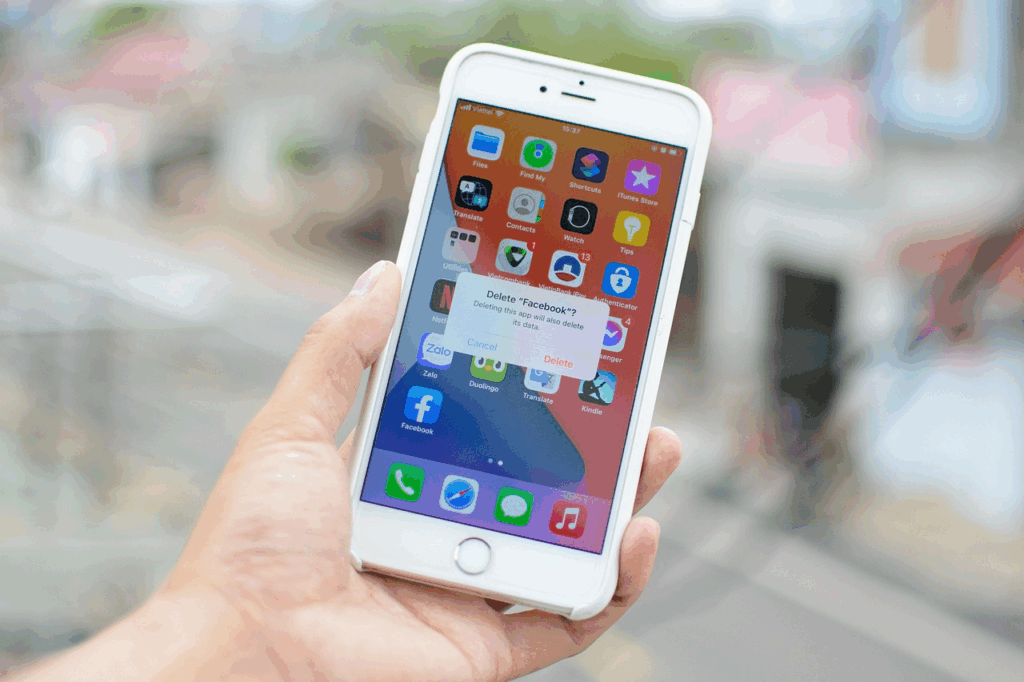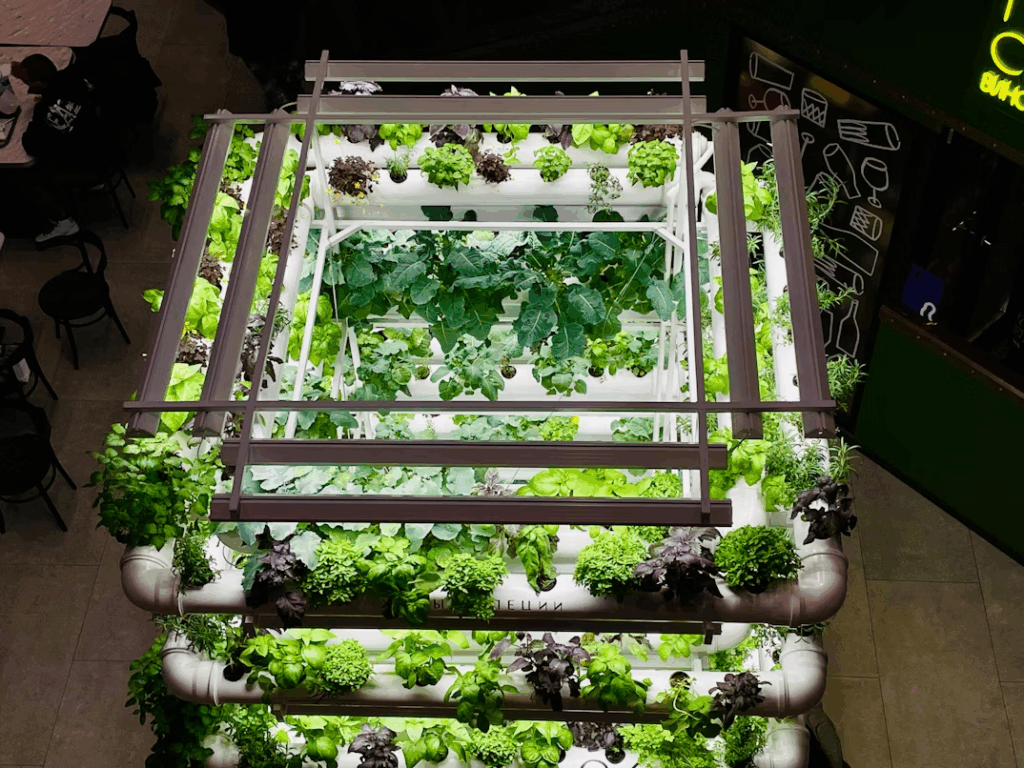Computers surround you, and not just in your phone or laptop. They’re in your car, your washing machine, your coffee maker, and even your toothbrush. These tiny processors, known as microcontrollers or embedded systems, quietly run the modern world. Each one is programmed to perform a specific task, from regulating temperature to tracking your fitness data.
These embedded systems in everyday life are invisible, inexpensive, and everywhere. And while they’ve made life astonishingly convenient, they’ve also blurred the line between simple tools and intelligent machines.
What Exactly Is Inside?
A microcontroller is essentially a miniature computer on a single chip. Unlike a general-purpose PC, it’s designed to perform a single dedicated function. It includes a processor, memory, and input/output systems that enable it to sense and respond to its environment. For instance, the chip inside a thermostat measures temperature and turns heating or cooling systems on and off, with no external computer needed.
These systems are so small that they can fit on a fingertip, yet they power complex operations. A modern car contains more than 100 microcontrollers, regulating everything from airbags to fuel efficiency. A single smart refrigerator may use dozens, each managing a different component.
What makes these tiny computers remarkable is their efficiency. They don’t need high-speed processors or gigabytes of memory to offer reliability and precision. Designed to work silently and continuously, they form the hidden infrastructure of daily life.
Browse The Strange Ways AI Is Already in Your Daily Life to see where algorithms meet hardware.
The Internet of Things Revolution
Over the past decade, microcontrollers have gone from isolated components to connected devices through the Internet of Things (IoT). Now, your thermostat talks to your phone, your lights respond to voice commands, and your fitness tracker syncs with cloud servers. These connections transform ordinary objects into intelligent networks that collect, share, and learn from data.
This has made homes more competent and industries more efficient. Intelligent irrigation systems conserve water by reading soil moisture. Wearable devices monitor heart rates and sleep patterns. Even city infrastructure—streetlights, parking meters, and waste bins—can communicate to improve energy use and urban planning.
But this connectivity comes with trade-offs. The same chips that make life easier also collect personal data. Every smart device is a potential data source—and a possible vulnerability. Security researchers warn that many IoT products lack proper encryption, leaving them open to hacking or misuse.
Explore The Weird World of Digital Timekeeping for a fun look at precision timing.
Tiny Machines, Big Impact
The rise of embedded computing has reshaped manufacturing, medicine, and even art. In healthcare, miniature sensors track vital signs and deliver medication with pinpoint accuracy. In agriculture, smart drones and soil sensors optimize crop yields. Artists use microcontrollers, such as Arduino boards, to create interactive installations that respond to sound or motion.
These innovations highlight a paradox: the smaller computers get, the larger their influence becomes. By outsourcing routine thinking to machines, humans gain time and efficiency, but also a sense of dependency. If a car’s microcontroller fails, it might not just stall; it could endanger lives. Reliability has become the new frontier of technological trust.
Check out What Happens to Your Data When You Die? to explore how data from smart devices lives on.
The Future of Invisible Intelligence
The next generation of embedded systems is moving toward edge computing, using chips that can analyze data locally without sending it to the cloud. This reduces latency, protects privacy, and enables faster decision-making in autonomous vehicles, medical devices, and industrial robotics.
Meanwhile, engineers are experimenting with bio-integrated microcontrollers, merging circuits with living tissue to restore movement or sensory function. The line between human and machine continues to blur.
Tiny computers have quietly woven themselves into the fabric of modern existence. You may not see them, but every time you start your car, brew coffee, or ask a smart speaker for the weather, you’re interacting with an entire invisible ecosystem of digital intelligence.




